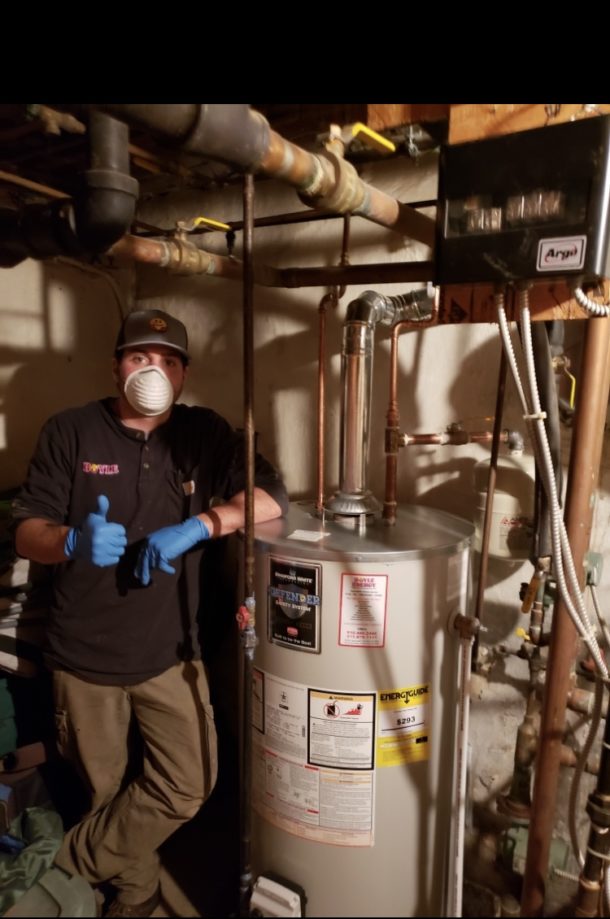Online resources have influenced our daily activities. With so much information at our fingertips, we can answer our queries instantly. It’s no wonder people are utilizing online resources to renovate homes themselves rather than having to pay a professional.
The same applies to plumbing projects like water heater installation. In theory, the process seems simple to follow. But instant knowledge cannot compete with years of experience. Beginners can easily make risky and costly mistakes. To ensure you do not face such consequences, we have highlighted some common installation mistakes and ways you can avoid them.

1. Improper Location
The location of your water heater is crucial for its efficiency and safety. Try not to place them in storage closets and attics. You may rarely visit these parts of your house, and will not know about damage until it is too late. To minimize plumbing, place the water heater closer to its area of use, such as the kitchen. For more efficiency, modern models are more insulated, making them broader. They may not fit in the same position as the old one. Instead, accommodate them in your backyard. Adequately placing water heaters ensures they do not ruin the interior’s appeal while working optimally.
2. Poor Drainage
Your heater must drain extra water whenever it gets too hot or builds up excess pressure. Connect the drain line from your tank to the TPR valve, which should discharge into a drain below. If there is no drain beneath, you must place a correctly sized drain pan. The drain pan should be at least 1.5 inches tall and 2 inches broad and made of corrosion-resistant materials. Place the drain correctly to avoid leaks. Otherwise, mold may develop due to subsequent water damage.
3. Improper Installation of Relief Valves
Relief valves are safety features that help regulate temperature and pressure in geysers. The tank will likely blow up if you install them incorrectly, dousing everything within a few feet of the tank. To avoid any accidents, be careful in installing the valves. Mount the valve to the tank’s side 6 inches above the floor, and connect a threaded drain tube to the valve outlet for additional protection. Regardless of your skills in installations, we recommend taking professional help. A mistake can cause harm to your property and loved ones.
4. Incompatible Metal Connection
Some people don’t consider the compatibility of metal pipes when connecting them. Even a 0.1mm difference in the pipes’ diameter can result in their corrosion. If your water pipes are made of copper, you should use brass connectors. Combining copper pipes and galvanized steel connectors will result in a poor connection since they are incompatible. These connections will eventually corrode, cause water leaks and reduce the water heater average lifespan.
5. Soldering of Pipes
Soldering is undoubtedly the best technique for connecting the water line and the tank, but its heat can harm the plastic. Avoid soldering and bringing the propane torch near the water tank. Instead, unscrew the pipe’s nipples from the tank. Create a tiny extra segment, and solder it to the nipples. This way, you won’t need to get the propane torch close to the tank. Consider getting help from heater installation service companies for safer and improved results.
Endnote
Incorrectly Installing water heaters can lead to many problems, such as the ones mentioned above. Avoid these issues by following the proper instructions and staying away from experimentation. In technical projects like this, prioritize your safety by adhering to certain precautions. If you are a beginner or unsure about the process, consider leaving the installation to experienced hands. By trusting a professional, you will worry less and can enjoy the warm water.




Join the conversation: